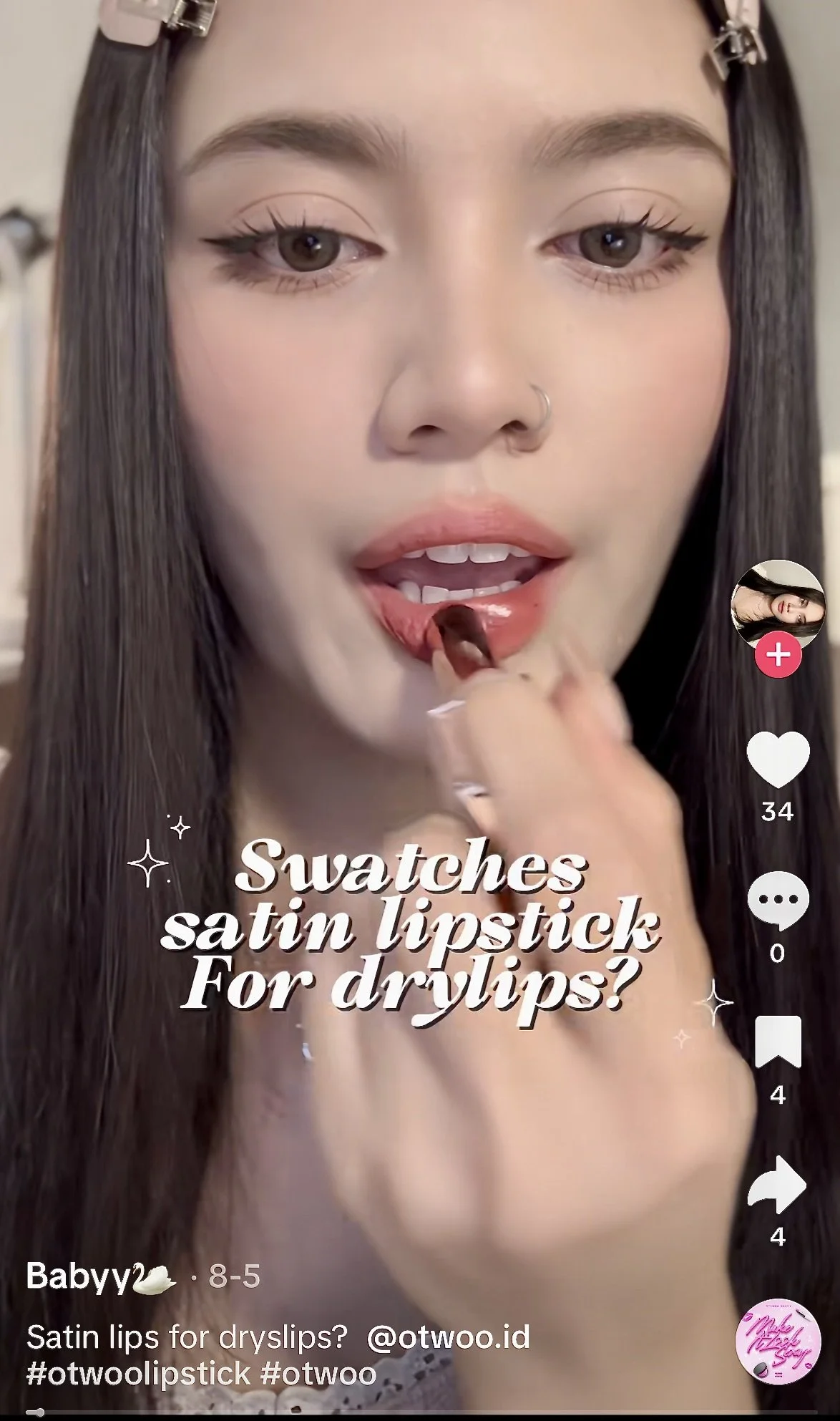
What 2025’s Most Viral Campaigns Got Right
In a time when audiences are more skeptical, more self-aware, and more creative than some branded content, successful campaigns are meeting them halfway. These campaigns are remixable, narratively rich, and platform-native. But most importantly, they’re designed for community engagement. They’ve moved on from passive participation to building into the campaign strategy fan reaction, reshaping, and resharing.

The Rise of Brand Worlds Part 2
You don’t need a massive budget, a cinematic crew, or a celebrity cameo. What you do need is clarity on your brand’s tone, personality, and the emotional space you want to occupy with your audience. Building a brand world isn’t about producing more content; it’s about creating the right kind of content, with consistency and intention.

The Rise of Brand Worlds
More and more, social platforms and audiences are rewarding originality and brand storytelling over reactivity. The brands winning in this shift are creating something ownable. They’re creating distinct, visual brand worlds, which means cohesive ecosystems with recurring characters, a consistent tone, and a strong point of view.

How SEO Is Quietly Shaping the Future of Social Content - Part 2
As social and search continue to overlap, the goal is no longer just reach, it’s relevance. This means treating your social content with the same intent and strategy you would apply to any digital channel. Social posts need to answer real questions, reflect how your audience talks, and stay useful long after they’re published.

How SEO Is Quietly Shaping the Future of Social Content
A brand’s social content is now part of its SEO playbook. It needs to be built for discovery, answering real questions in captions, using natural language, tagging with keywords and alt text, and creating content that lasts longer than the trend cycle.

Why Gen Z + Millennials Are Bonding with AI Companions
Remember Her, the 2013 film where a man falls in love with his AI assistant? The story was set in 2025, and here we are, living it. Today, Gen Z and Millennials are forging surprisingly intimate relationships with AI chatbots. They’re turning to them not just for help, but for comfort, conversation, and connection on everything from career doubts to dating dilemmas..

Play to Win: How Brands Are Cracking the Code with Young Consumers
Beyond gaming, young consumers are engaging around gaming culture. They watch creators like Kai Cenat and iHasCupquake stream on YouTube and TikTok. They hang out on Discord, talking strategy and swapping memes. They buy game-adjacent merch that signals their interests, from Fortnite hoodies to Minecraft Crocs.

Leveling Up: Why Gaming Is the New Frontier for Brand Attention
For Gen Z and Millennials, life has always felt like a game, a one of points, puzzles, and hidden rewards. Over 90% of them play video or mobile games, and they’re spending more time than ever in immersive worlds like Candy Crush, The Sims, and Roblox.

Why Brands Prefer Nano-Creators Over Macro-Influencers -Part 2
With influencer content increasingly saturating the feeds of Gen Z and Millennials, younger consumers are seeking out creators who feel more like them, people with similar homes, lifestyles, and values. t.

Why Brands Prefer Nano-Creators Over Macro-Influencers
Brands continue to tap into social media to broaden their reach among young consumers, increasingly leveraging the power of online influencers. While it may seem logical to partner with macro-influencers who boast large followings, their vast audiences don’t always yield the most effective engagement.

Why Brands Are Winning with Unexpected Offline Experience
Gen Z and Millennials are in the midst of an offline resurgence. After years of digital overload, they crave something they can’t find through a screen: surprising, in-person, real-life experiences. The kind that can’t be algorithmically recommended, the kind that feel personal, specific, and deeply memorable. From pottery workshops to underground chess clubs, from niche hobby meetups to local-run competitions that go viral, the demand for authentic, unexpected real-world moments is skyrocketing. These aren’t just outings—they’re a form of cultural capital, fueling their online and offline social lives.

The Next Digital Frontier for Brands
By embracing immersive digital experiences, these brands are meeting these consumers where they are, turning brand engagement into something dynamic, interactive, and personal. But staying relevant isn’t just about showing up in new spaces—it’s about continuously innovating and pushing boundaries.
